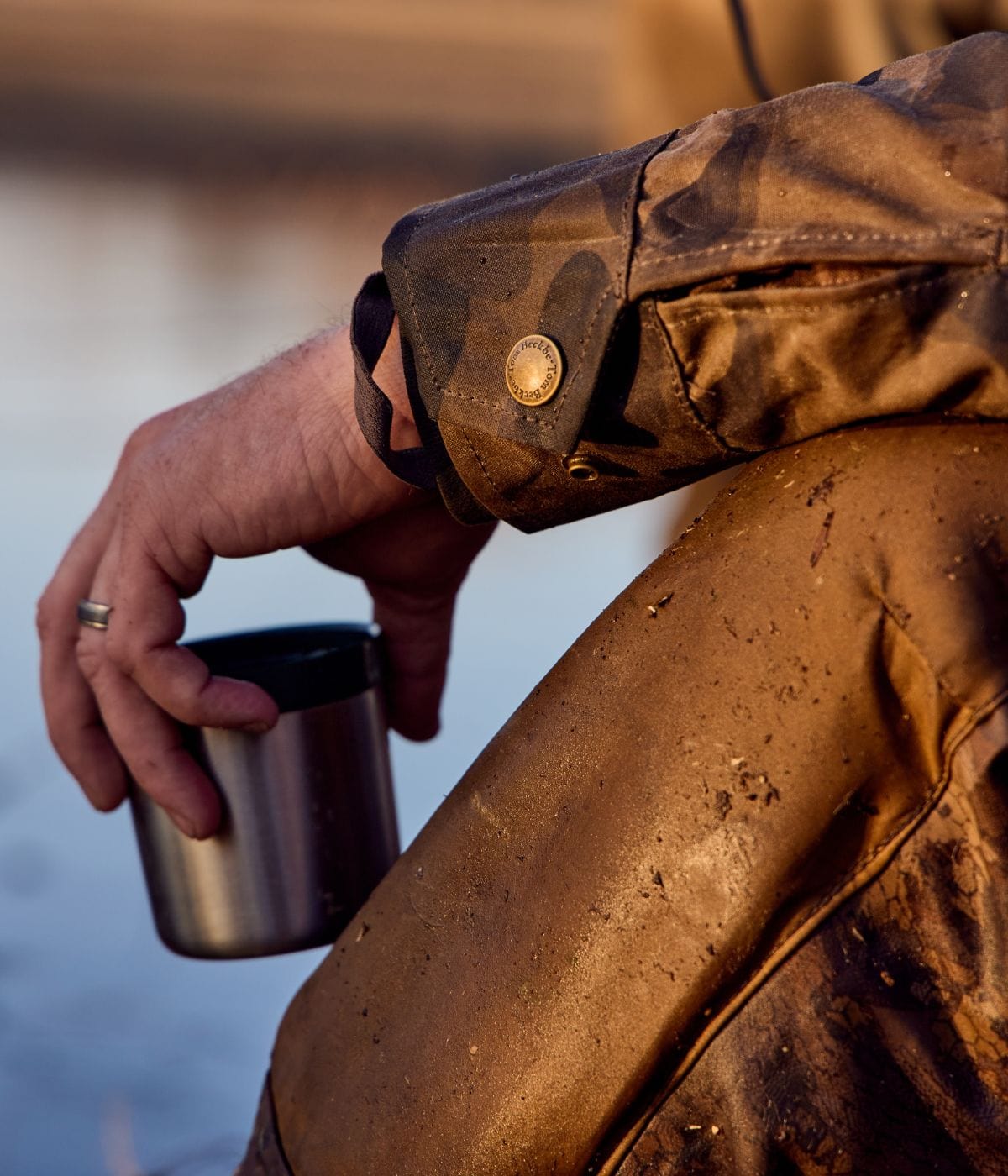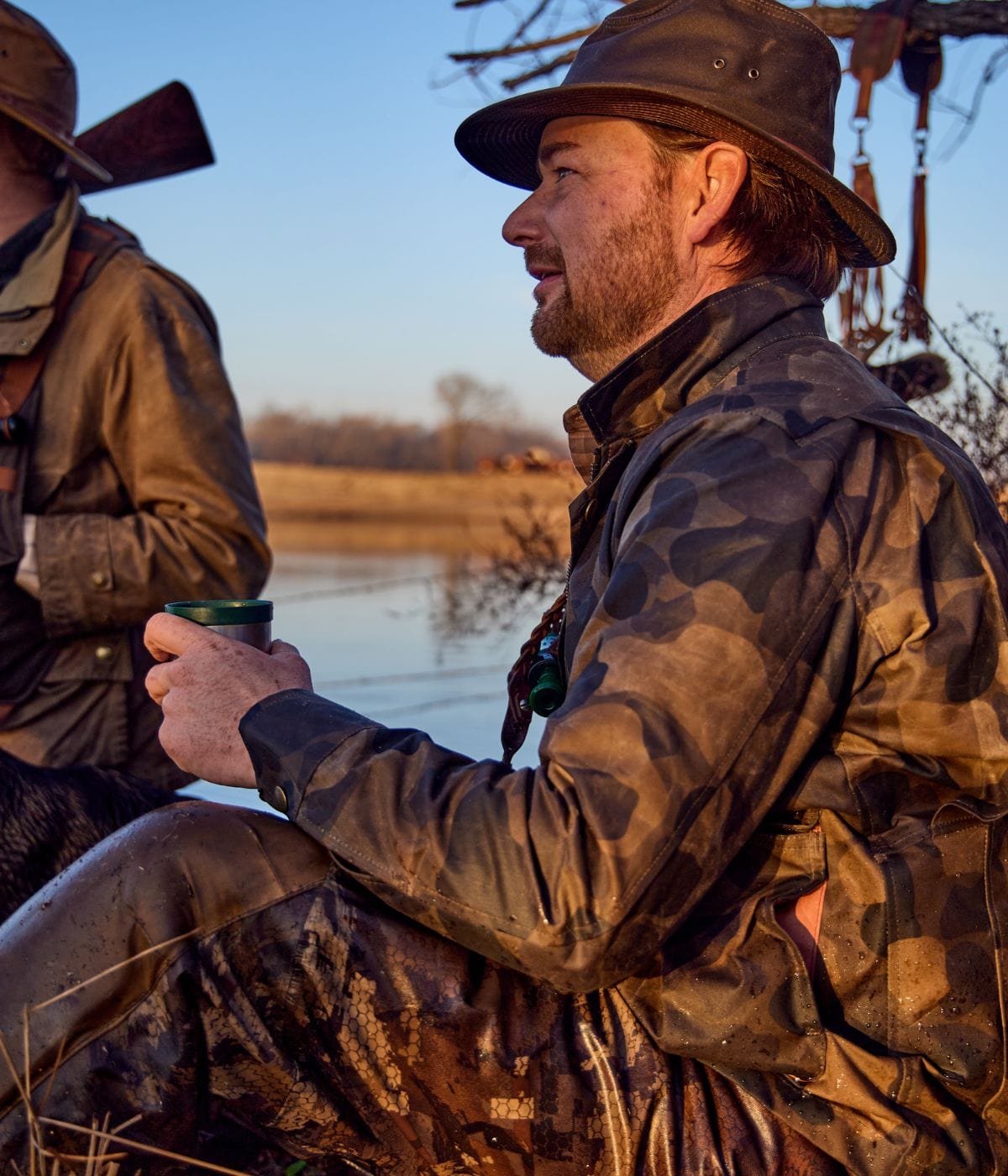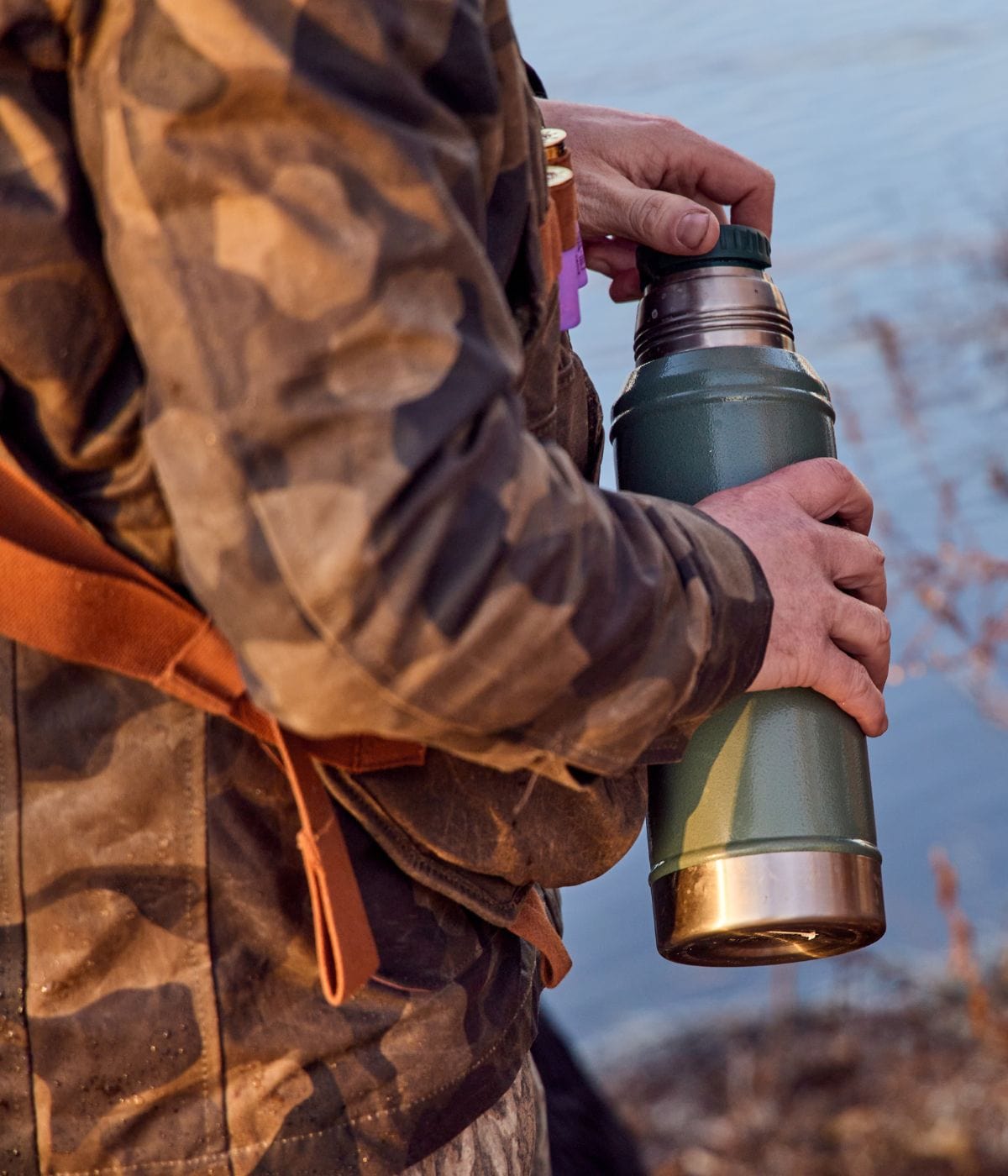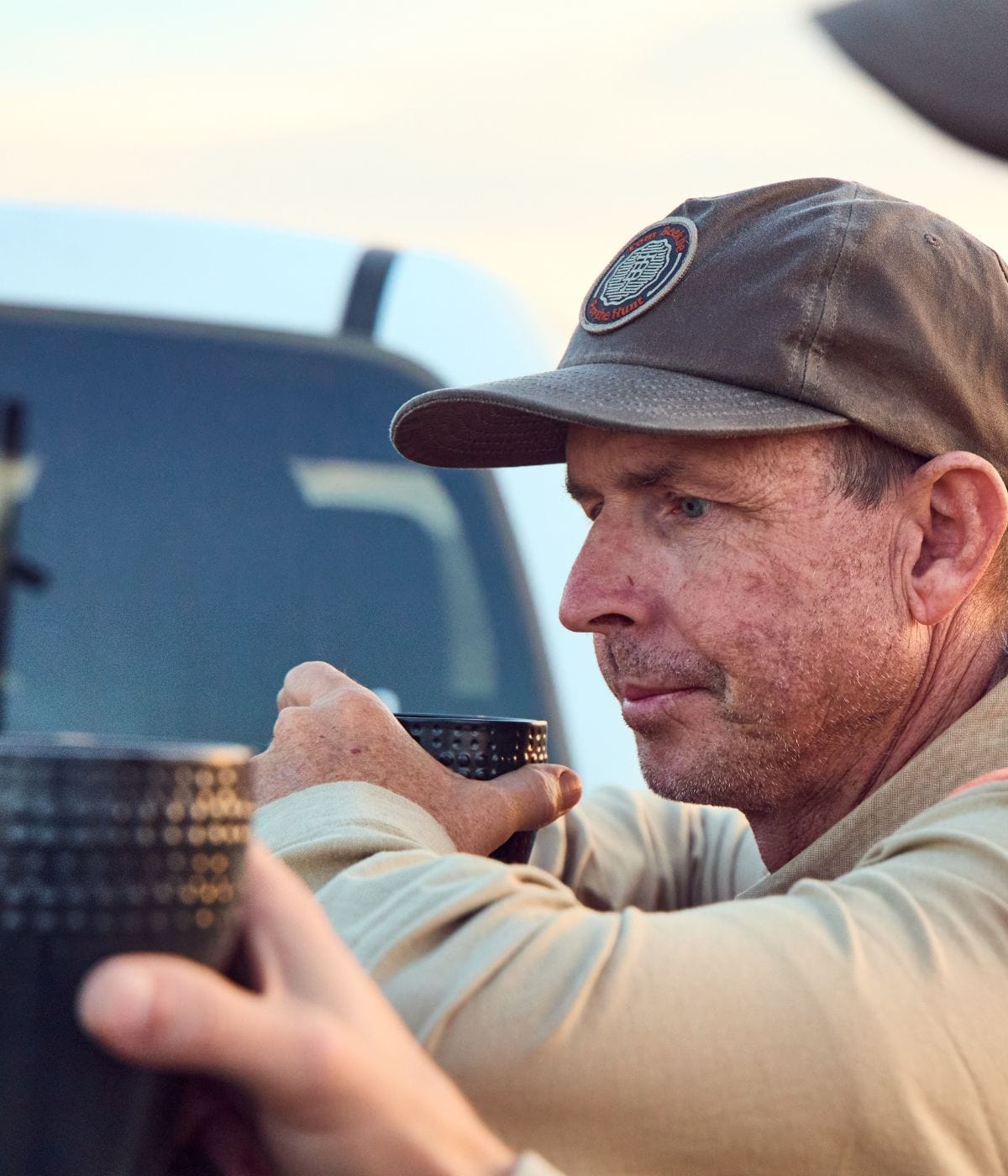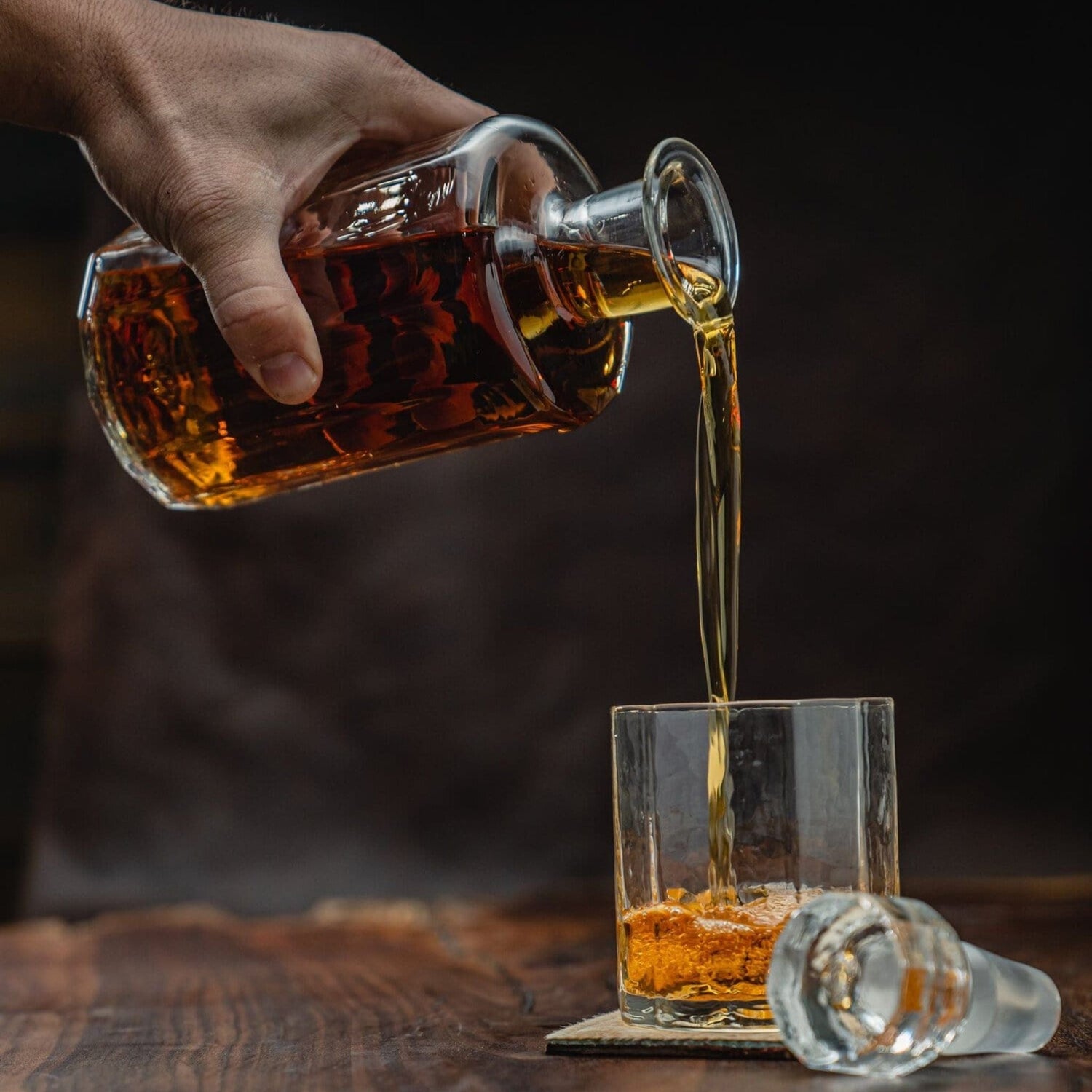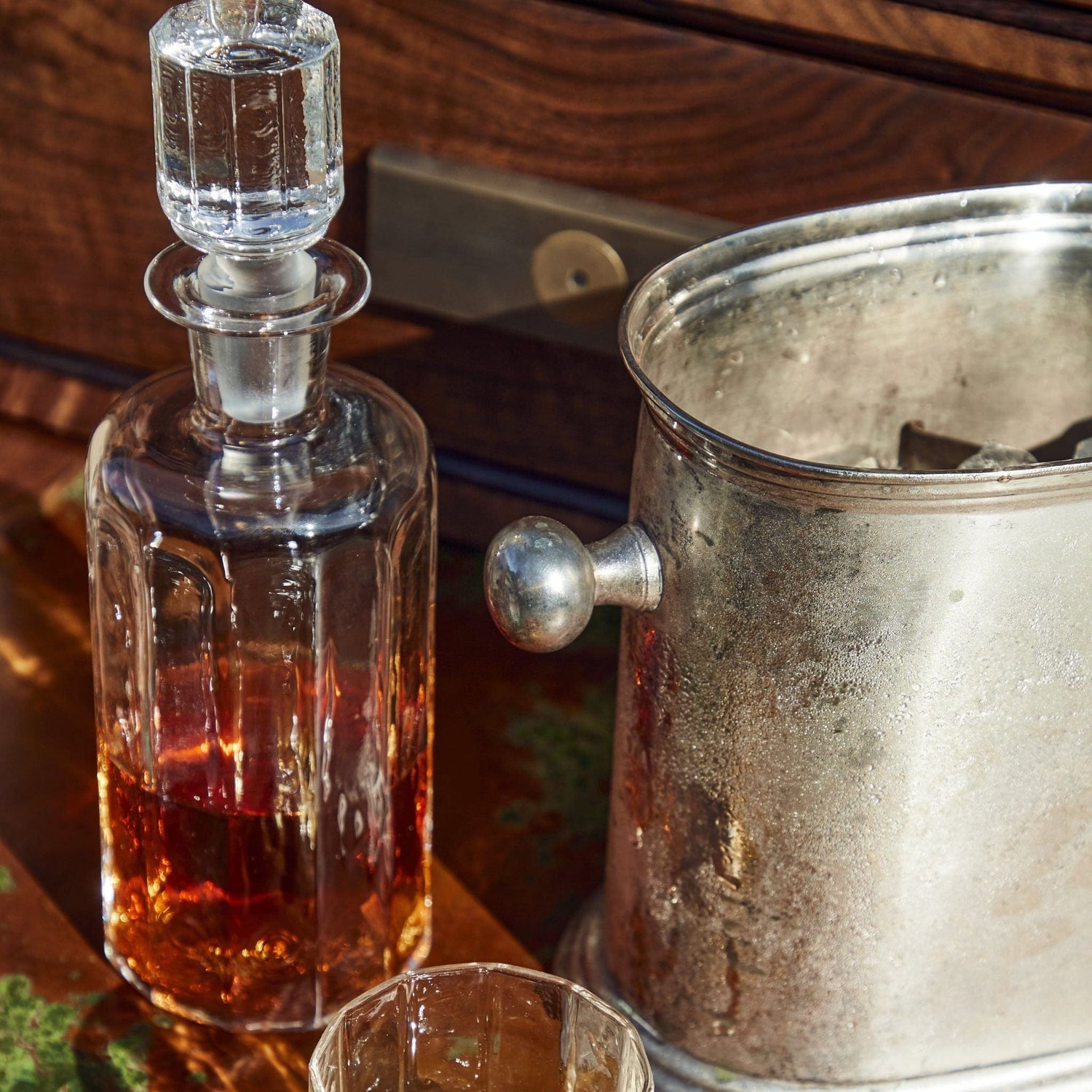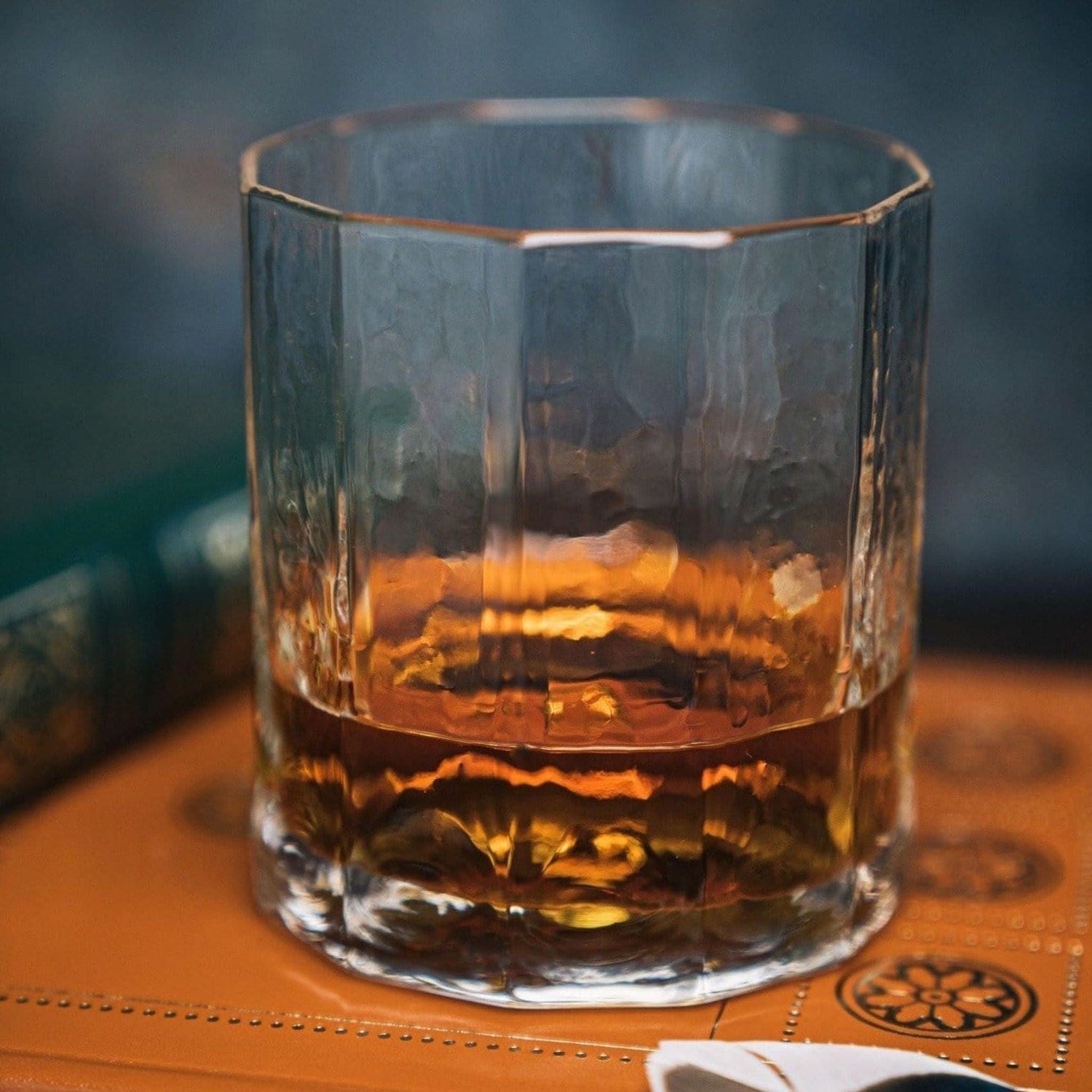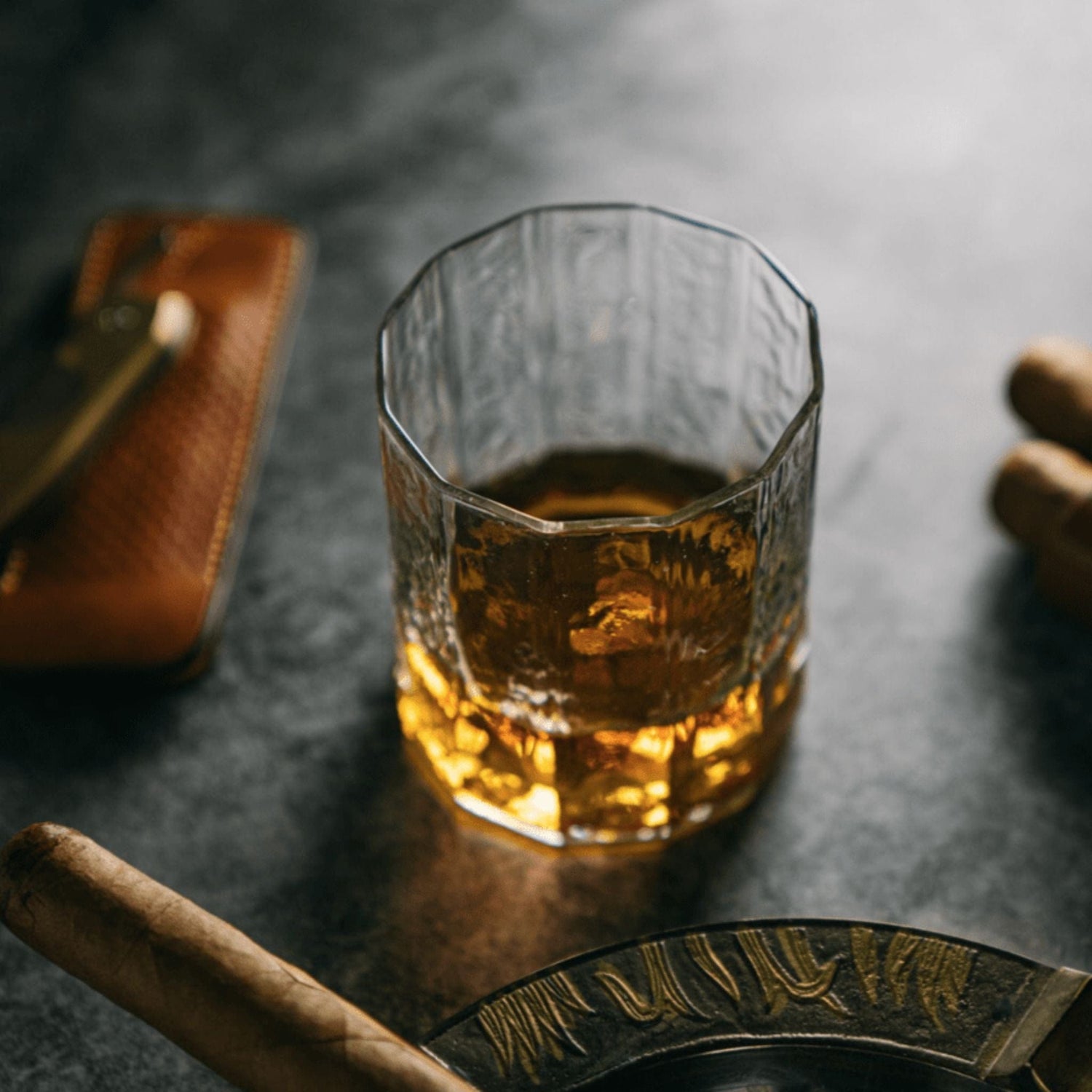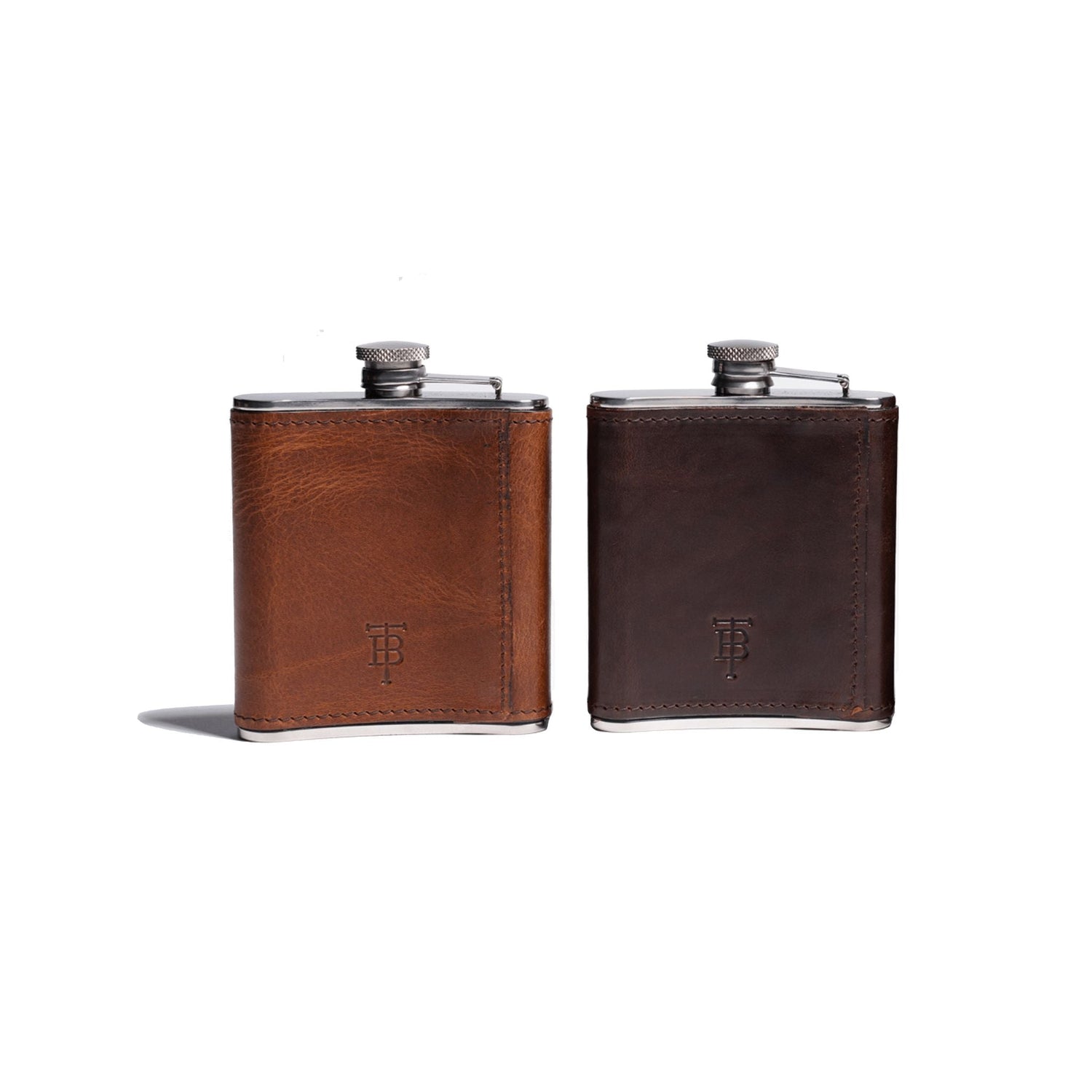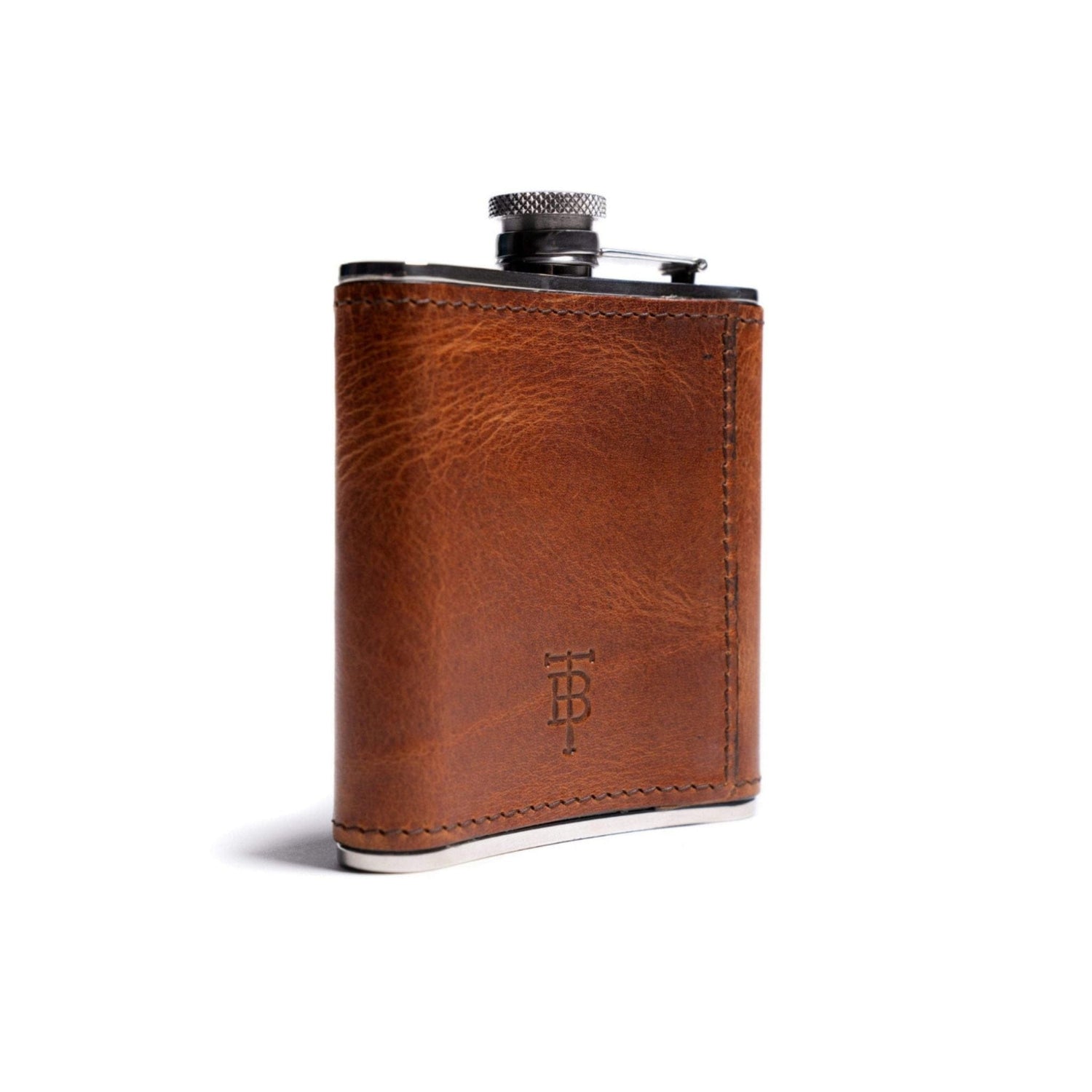Memorable Cups of Coffee Around The Globe
It’s no secret that coffee makes the world go ‘round. It makes early mornings (really, any mornings) possible. The brown magic make-go liquid is a universal thing of glory; present in nearly every culture around the globe, fueling work, adventure, and general misadventure on seven continents. Though over years of globe-trotting my coffee quality standards have dropped to “caffeinated and potable,” I still hold a quality cup of caffeine in high regard.
But rarely in two places is a cup of coffee a similar experience. From posh European sidewalk cafes to roadside stands dotting African backroads (and often located conveniently next to some giant pothole that slows traffic), coffee has as many flavors as the people serving it have languages. And, more often than not, it’s just as memorable because each one serves as part of the pastiche of sensations that form those memories.
In South Carolina, photographing a week of tactical training in a decommissioned nuclear facility, I shared a trailer with a dozen guys I’d only just met. Our little “kitchen” (a fridge and a folding table) had no coffeemaker, but I liberated one from the next trailer over. Someone had coffee grounds. We made it as strong as we could, then decanted the steaming liquid into empty plastic water bottles (now there’s a quick way to knock a few years off your life expectancy) as we had no coffee cups. Paired with a single slice of red velvet cake two of the guys had in their truck from a drive-by birthday party, it was a shared meal to remember.
On a small dairy farm in Tasmania’s countryside, down the road from a giant platypus statue (because, you know, Australia,) I had a remarkable latte made with raw milk from the cows grazing in the pasture-turned-parking lot. The server didn’t blink at our fishing waders or muddy boots, but did a double take at my American accent.
Coffee has a way of making the unfamiliar comfortable. On the border between Jordan and Syria, during a brief pause at the top of a long, hot hike up a hillside, the local fixer produced a copper kettle from his backpack, along with coffee grounds and tiny metal cups, then proceeded to make a hot, bubbling crew while his friend kept watch to the north, a battered but very well-loved AK47 in his grip. We sat under a two-thousand-year-old olive tree and downed the caffeine before resuming our hike, relaxing and chatting, the hot drink a welcome respite despite the heat.

